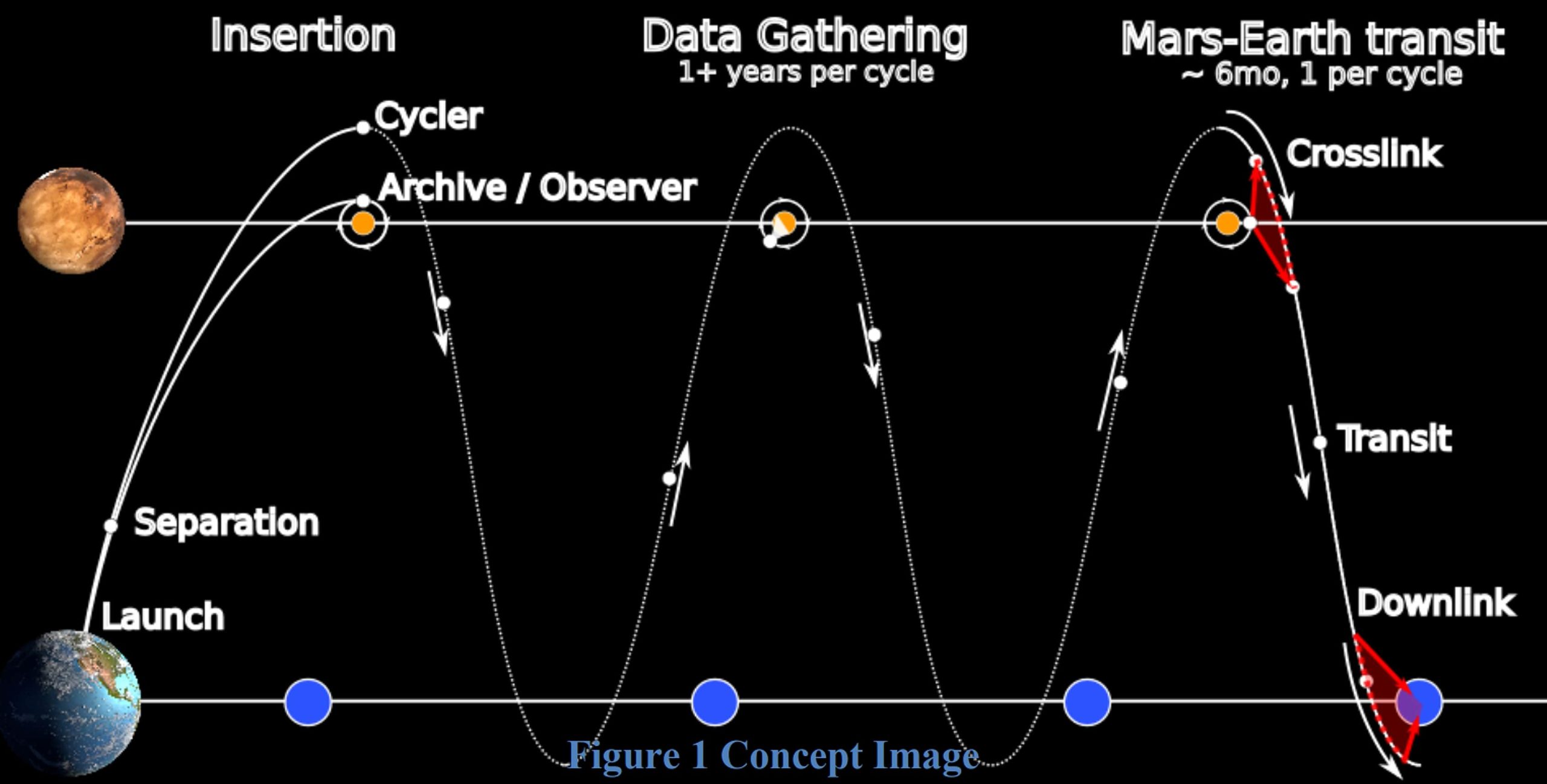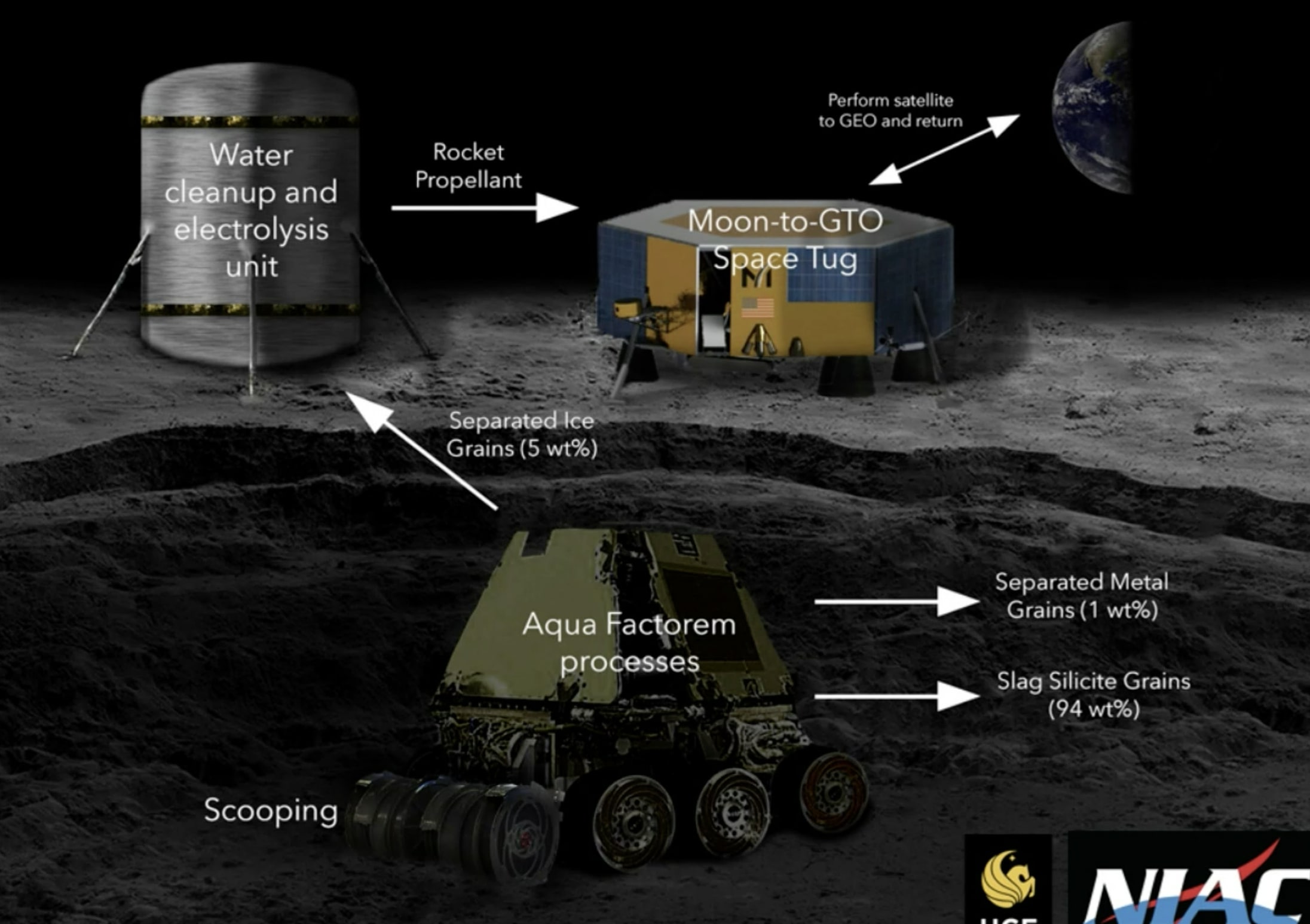Ablative Arc Mining for the Moon and Asteroids
Unlocking water and resources on the moon and asteroids will be a huge breakthrough for space development. It will give us water, building materials, and propellants. Water is the most critical component in the near-term and is therefore the focus of many studies. However, being able to mine other resources with the same system will …











